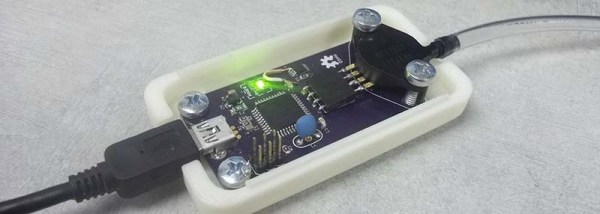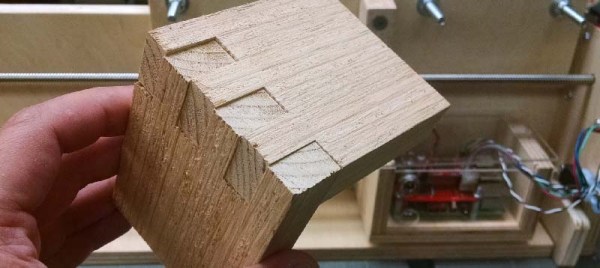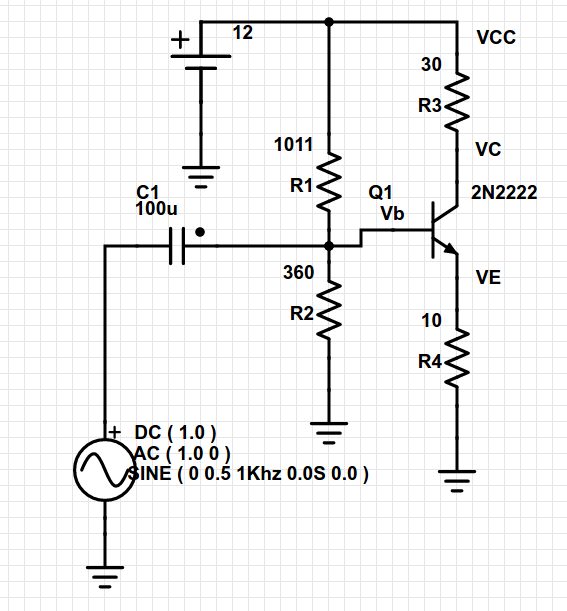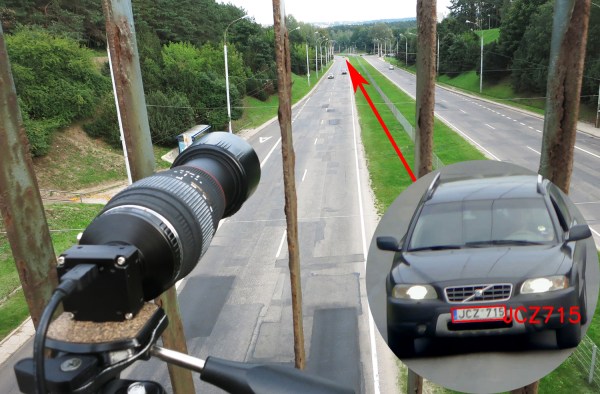A sip-and-puff device is an assistive technology used by people who cannot use their hands. Being a quasi-medical device, you can imagine this technology is extremely expensive, incapable of being modified, and basically a black box that can’t do anything except what it was designed for. For his Hackaday Prize entry, [Jason] is building his own sip-and-puff interface that’s cheaper and more capable than the available commercial versions.
Sip-and-puff devices can be mapped to control a wheelchair, click a mouse, or press a key on a keyboard. You can do a lot with USB, so for this open sip-and-puff device, [Jason] is using the ever-popular ATmega32U4 microcontroller.
USB is only one part of the problem, and to measure the sips and puffs of air through a plastic hose, [Jason] is using a pressure sensor from Freescale/NXP. While this is very similar to what would be found in the off-the-shelf version of a sip-and-puff device, it’s rather hard to interface with. The current version of the board is using an instrument amplifier, and the mechanical connection between the pressure sensor and the board is slightly bizarre. [Jason] has a few ideas for a better sensor, and for the rest of the Hackaday Prize he’s going to work on redesigning this device with simplicity in mind.
























